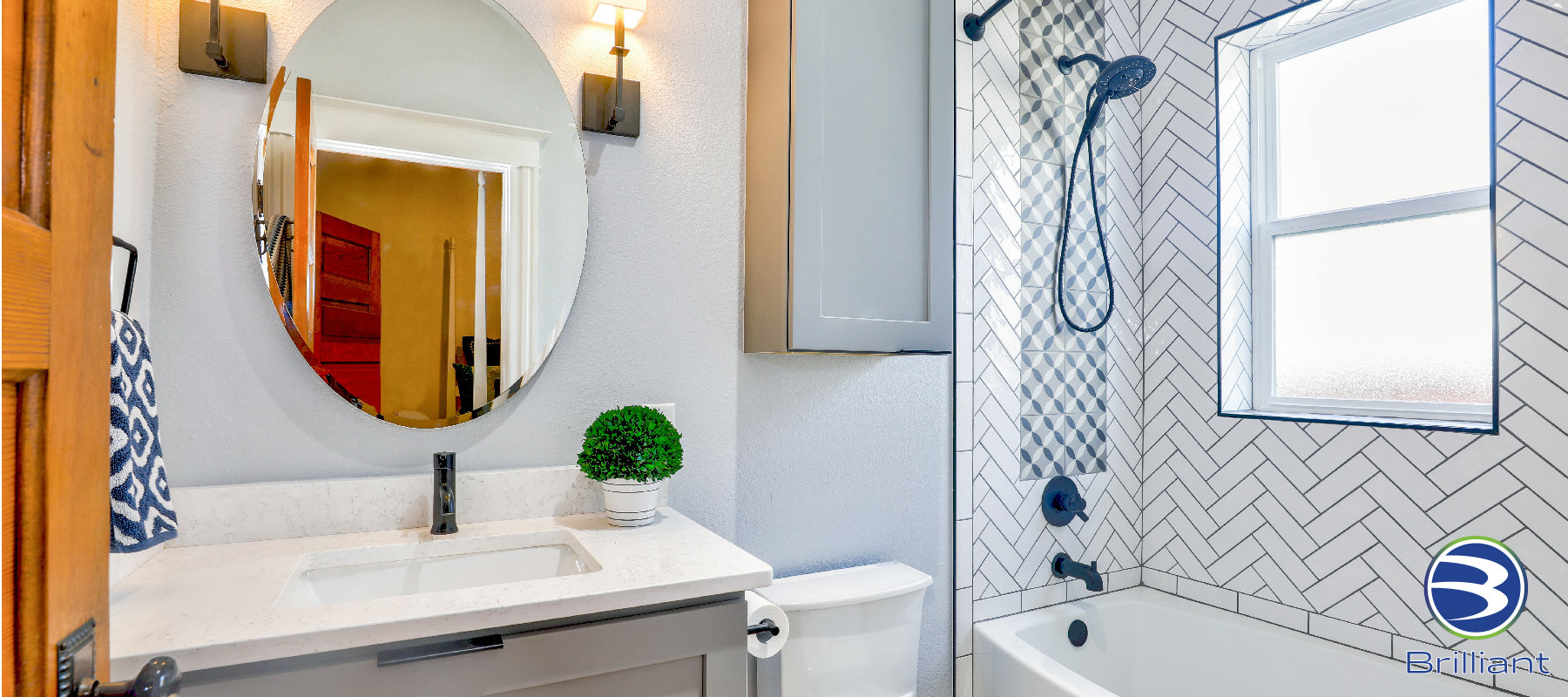- Phone: 1.404.373.4030
- Opening Hours: Mon-Fri 9AM-5PM Eastern

DISCLOSURE: Noelle Copeland RDH is the oral care specialist and dental consultant to the Brilliant and Baby Buddy oral care lines through Compac Industries. See terms below.
This is a great question and one I wish more people would ask. Think about this, your toothbrush goes inside your mouth… and what’s inside your mouth? Germs! Leftover food! Bacteria! And sometimes viruses and fungus. When you say it out loud like that it sounds really gross! Well you know what else is gross? The way some people take care of their toothbrushes or should I say the way some people don’t take care of their toothbrushes.
A toothbrush is not sterile and cannot become sterile and I think people confuse sanitize with sterilized. So that’s one reason I get asked this question a lot and it bears some needed explanation. So thats the first thing to comprehend, the second thing to comprehend is that keeping your toothbrush clean on a daily basis as I outlined above is a sanitizing process, so sanitizing your toothbrush is something you should do everyday, with a regular, clean, oral care routine.
Sanitizing refers to the action of reducing microorganism and bacteria exposure down to a safe level, this is done by removing potential contaminants, (like food, paste, or toilet flume exposure spray) that can sit on toothbrush bristles and proliferate.
In all actuality, you need to sanitize your toothbrush everyday by following the directions under “The sanitary way…What you SHOULD do” above.
However, If you need a little extra cleaning help- say you just bought a more expensive toothbrush and you accidentally dropped it on the floor or somehow contaminated it unintentionally some other way.
Another option…
It stands to be said that any solution you use to soak anything that goes into your mouth should be discarded after each individual use, never reuse a soaking solution for multiple sessions. Keep in mind that this may damage the bristles of your toothbrush, depending on the design and quality of the bristles, so use at your own risk.
The ADA says “There is insufficient clinical evidence to support that bacterial growth on toothbrushes will lead to specific adverse oral or systemic health effects. Read more about that here https://www.ada.org/en/member-center/oral-health-topics/toothbrushes
If you have a special needs child or adult in your life, I realize the information above can be overwhelming to adhere to. You probably use a much more expensive specialty toothbrush or some other version of the best toothbrush for kids or adults that you can get your hands on.
Making their oral care regular and routine is usually the number one hurdle in special needs oral care. So start there and ask for help. There is a struggle often encountered between the caretaker performing the oral care and the special needs person wanting to do their own oral care. When it comes to these challenges the best strategy is to “Do Your Best” and don’t worry about what you can’t do.
I do recommend for you to have a close relationship with your loved ones dental hygienist and dentist, because they will be more than happy to come alongside you in finding the best way to safely and hygienically perform oral care at home.
If your special needs loved one can perform their own oral care you still want to be sure you are directly supervising them and watching their routine. This allows you to correct any activities that may adversely contaminate the oral environment or the toothbrush itself and helps prevent any accidental injury.
Oral care is important for everyone! Talk to your dental professional about any challenges you may encounter or questions you may have and remember to brush Brilliant®.
At Brilliant Oral Care, we strive to offer lifetime care for Baby Gums through Seniors Gums with products that encourage a lifetime of healthy smiles. Brilliant Toothbrushes have a round head featuring all around bristles to offer an unparalleled cleaning of the teeth, tongue, gums, and cheeks, without the sharp bristles that far too many have had to endure.
© 2020 Compac Industries. All rights reserved.
This article is intended to provide an understanding of and knowledge about “oral health topics” as expressed through the perspective and experience of the author. It is not intended to be a substitute for professional advice or counsel, including the diagnosis or treatment of any condition. Always seek the advice of your dentist or other qualified healthcare provider with any questions you may have regarding a medical condition, an oral condition, illness or treatment of any listed or non listed situation above. By using this site, you signify your assent to our Terms and Conditions. If you do not agree to all of these Terms and Conditions, do not use this site.
Noelle Copeland RDH is an Oral Care Specialist and Dental Consultant who provides content for Brilliant Oral Care and Baby Buddy.


DISCLOSURE: Noelle Copeland RDH is an Oral Care Specialist and Dental Consultant who provides content

DISCLOSURE: Noelle Copeland RDH is an Oral Care Specialist and Dental Consultant who provides content

We believe that all people are fearfully and wonderfully made and designed in the womb for a grand purpose.
Useful Links
Copyright © 2023 Compac Industries | All Rights Reserved.